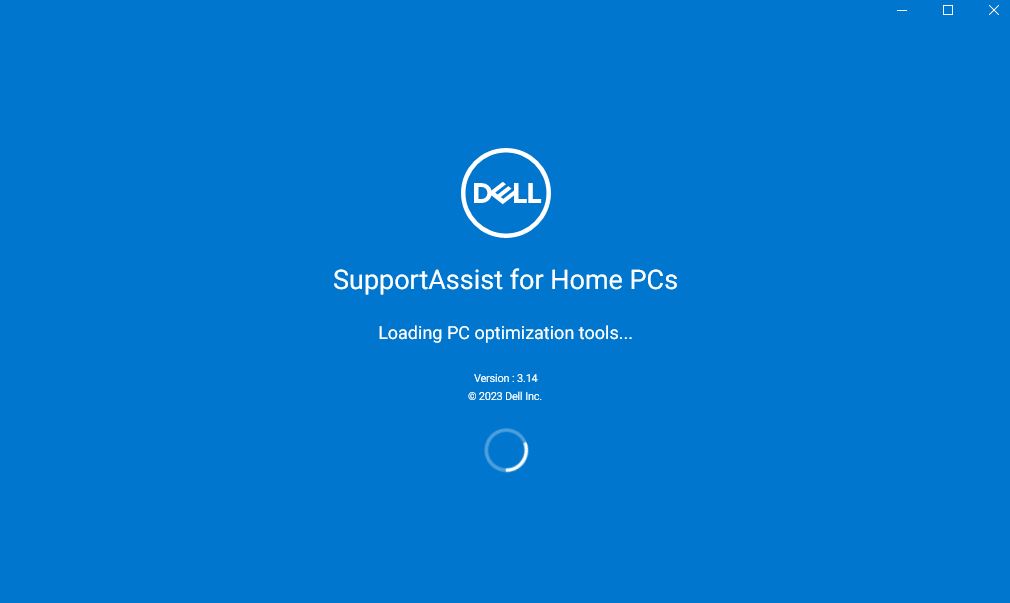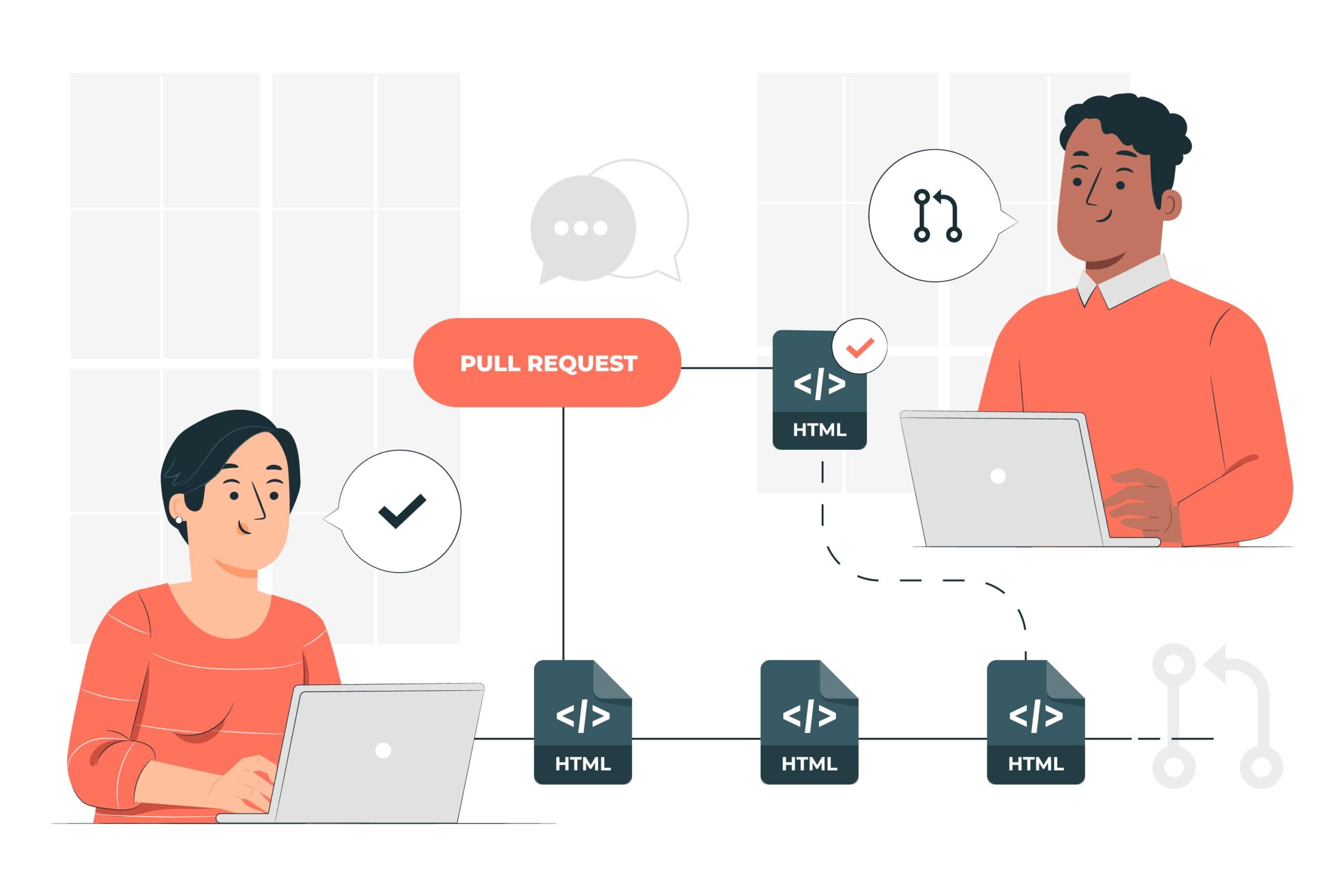Network programming in Java involves writing code to establish communication between networked devices, such as clients and servers. Java provides a rich set of libraries and classes that make it relatively straightforward to implement network-related functionality. In this section, we will explore some common aspects of network programming in Java and discuss their implementation.
Socket Programming: Socket programming is a fundamental concept in network programming, and Java provides the java.net package for socket-related operations. Here’s an example of a simple client-server communication using sockets in Java.
// Server side ServerSocket serverSocket = new ServerSocket(8080); Socket clientSocket = serverSocket.accept(); // Read input from the client InputStream inputStream = clientSocket.getInputStream(); BufferedReader reader = new BufferedReader(new InputStreamReader(inputStream)); String clientMessage = reader.readLine(); // Send response to the client OutputStream outputStream = clientSocket.getOutputStream(); PrintWriter writer = new PrintWriter(outputStream, true); writer.println("Server: Received message - " + clientMessage); // Close the connections writer.close(); reader.close(); clientSocket.close(); serverSocket.close();
// Client side
Socket socket = new Socket("localhost", 8080);
// Send a message to the server
OutputStream outputStream = socket.getOutputStream();
PrintWriter writer = new PrintWriter(outputStream, true);
writer.println("Hello, Server!");
// Read response from the server
InputStream inputStream = socket.getInputStream();
BufferedReader reader = new BufferedReader(new InputStreamReader(inputStream)); String serverResponse = reader.readLine();
System.out.println("Server response: " + serverResponse);
// Close the connection writer.close();
reader.close();
socket.close();URL Connections: Java provides the java.net.URL and java.net.URLConnection classes to interact with resources over the network using URLs. This includes making HTTP requests, reading data from remote servers, and handling responses. Here’s an example:
URL url = new URL("https://api.example.com/data");
URLConnection connection = url.openConnection();
// Read response from the server
InputStream inputStream = connection.getInputStream();
BufferedReader reader = new BufferedReader(new InputStreamReader(inputStream));
String line;
StringBuilder response = new StringBuilder();
while ((line = reader.readLine()) != null) {
response.append(line);
}
// Close the connection
reader.close();
// Process the response
System.out.println(response.toString());
DatagramSocket (UDP): Java’s java.net.DatagramSocket class enables communication using the User Datagram Protocol (UDP). UDP is a connectionless protocol that allows fast, low-latency communication. Here’s a simple example of sending and receiving UDP packets:
// Sending a UDP packet
DatagramSocket socket = new DatagramSocket();
String message = "Hello, Server!";
byte[] sendData = message.getBytes();
InetAddress serverAddress = InetAddress.getByName("localhost");
int serverPort = 8080;
DatagramPacket sendPacket = new DatagramPacket(sendData, sendData.length, serverAddress, serverPort);
socket.send(sendPacket);
// Receiving a UDP packet
byte[] receiveData = new byte[1024];
DatagramPacket receivePacket = new DatagramPacket(receiveData, receiveData.length);
socket.receive(receivePacket);
String serverResponse = new String(receivePacket.getData(), 0, receivePacket.getLength());
System.out.println("Server response: " + serverResponse);
// Close the socket
socket.close();
Notations of Network
| Term | Definition |
|---|---|
| IP Address | A unique numerical identifier for every device or network that connects to the internet. It identifies the host or network interface and provides the location of the host in the network. |
| Port Number | A number used to identify a specific process to which data is being sent. It identifies a specific process to which an Internet or other network message is to be forwarded when it arrives at a server. |
| Protocol | A set of rules that governs the way data is transmitted over a network. TCP and UDP are the two protocols used to communicate over the Internet. |
| Socket | An endpoint between two-way communications. It is a combination of an IP address and a port number. |
| TCP | A connection-oriented protocol that is reliable but slow. It is used for applications that require high reliability, such as email, file transfer, and web browsing. |
| UDP | A connection-less protocol that is not reliable but fast. It is used for applications that require speed, such as online gaming and video streaming. |




